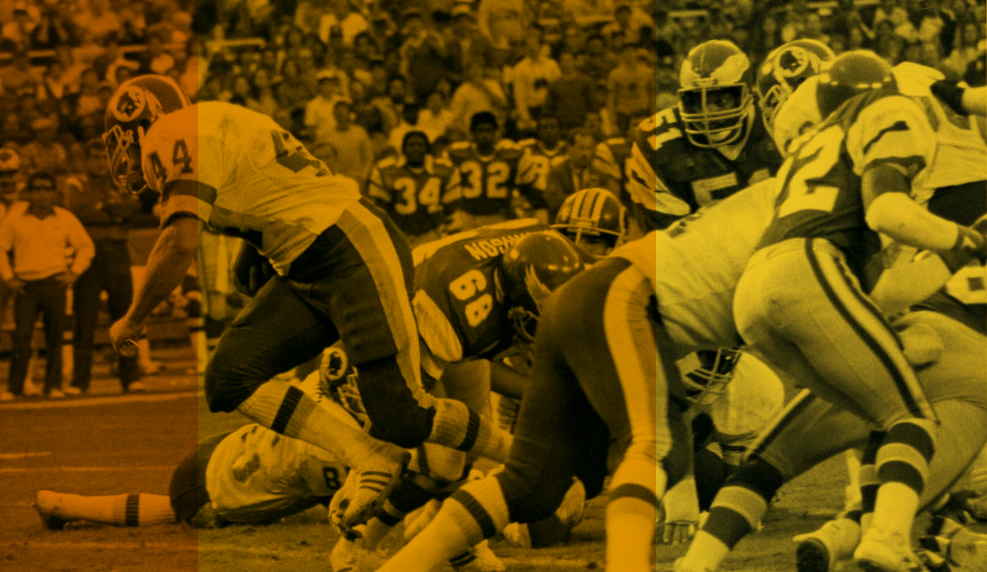The NFL’s free-agency period begins this week, when unrestricted free agents can sign with any team and negotiate their contracts. The riches are there for the taking. That wasn’t the case for Wilcox and the other Hall of Fame players who gathered last month at a San Francisco airport hotel for a fundraiser for FAIR, Fairness for Athletes in Retirement.
The organization represents approximately 4,000 NFL players who retired before 1993, the year free agency came to the league. These men have been left on the sidelines as NFL revenues have skyrocketed, and today’s players have locked in not only generational wealth but a lifetime safety net. The Hall of Famers are hoping that when the current collective bargaining agreement expires after the 2020 season, they can improve the financial plight of those older players.
Wait, I can hear you saying, we’re supposed to feel bad for men who played professional sports? The ones who were our childhood heroes? Aren’t they set for life?
No, they’re not and that’s one of the perception problems FAIR is trying to address. The men who laid down their bodies, built the league and pushed hard for free agency — but retired before they had the chance to benefit from the change — were left with a low, fixed pension, one that even excluded cost-of-living increases.
“Maybe I was naive when I played,” former Raiders cornerback Mike Haynes said. “I thought the owners were good guys. In reality, maybe they weren’t as good as I would have liked them to be. If you have all the money in the world, wouldn’t you share it?”
It’s not just the owners who are to blame in this inequity. It is also the players who have benefited from the post-1993 structure. The NFL is woefully behind the other major sports leagues, which retroactively have fixed the pensions of retired players who were out of the game before the big money began to roll in. There is reluctance to slice up the NFL’s enormous pie.
FAIR’s website points out the discrepancies. A 10-year NBA veteran who retired after 1965 could receive a pension of approximately $215,000 a year at age 62. Though MLB pensions have many variations based on when a player retired, a 10-year baseball veteran who retired after 1980 could receive a pension of approximately $200,000 a year at age 62. Both leagues have reached back to improve their alumni benefits.
But a 10-year NFL veteran who retired prior to 1993 receives approximately $30,000-40,000 a year, pretax, at age 55. And these are the men who are more likely to have profound health concerns because of the violent game they played.
When asked to comment, an NFL spokesperson responded: “The NFL and NFLPA have an ongoing commitment to provide current and former NFL players resources and benefits for their health and well-being on and off the field, ranging from health insurance, HRAs, disability benefits, life insurance, a 401(k), pension, and an annuity. We have always strived for this and will continue to do so with our partners at the NFLPA.” The statement pointed out that benefits continue to increase and that the pension for pre-1970 players exceeds the average annual salary they were paid when they played.
The pre-1993 alumni dispute those points. They do not receive that huge menu of benefits — not even health care — only a nominal pension. And they are happy to share how little they made back when they played. (The average salary in 1970 was $23,000.) Many players back then held secondary jobs to make ends meet. And even with increases in pension, the fixes — according to FAIR — have not been significant enough.
Riggins and his wife, Lisa-Marie, an attorney, have been the driving forces behind FAIR, a nonprofit designed to raise awareness around the issue. One of their goals is to create an umbrella that will cover all the vested retirees. In the past, the retired players often have been split into factions.
“I think we’re getting more organized, more professional,” former Chargers tight end Kellen Winslow said.


